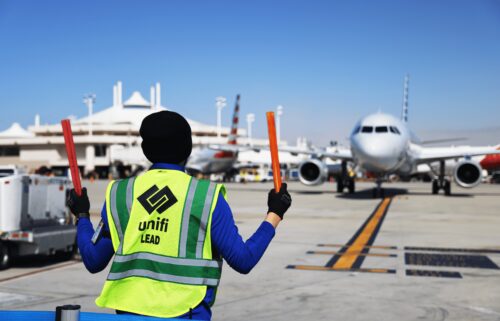I-Team goes in-depth on Riverside County’s contact tracing program
In the race to stop the spread of the coronavirus, Riverside County has hired more than 360 contact tracers to help identify and contact people who have been exposed.
This has not been without difficulties for a county of its size and diversity. In this I-Team exclusive Karen Devine speaks with health officials about the challenges, if it's making an impact and what they can do better. More than a dozen future contact tracers are in training in downtown Riverside.
"Tracers" get their information from county case investigators who initially vet the person who tested positive for coronavirus and find out who they were in contact with while infectious. The generated list of contacts is then sent to the "tracing" team who reaches out by telephone askes some questions and recommends a 14 day quarantine.
"So we're asking, 'Have you developed symptoms,' 'How are you feeling,' 'Are there any resources that you need us to connect you with?' And then if somebody does become symptomatic at that point we connect them with testing," according to Juan Landeros–Tavera, Riverside County Department of Public Health.
Landeros-Tavera, a longtime contact tracer, says while most people he calls are responsive others are leary about why he's calling, giving up private information and answering questions about where they've been or who've they been with. He and his team make upwards of 30-40 calls a day, he says the amount of negative responses can be taxing.
"You know, I get it, it's an uncertain time, it's a scary thing to be told you were exposed."
Riverside County Public Health Director Kim Saruwatari says their data shows case investigators and contact tracers only reach about 3 contacts per case they interview.
"However that is when they are able to get any information at all," says Kim Saruwatari, Riverside County Public Health Director "I would say at least 40-50 percent of people we still are not able to get any information.
And, there's a number of reasons it could be that they simply don't want to talk to us, they're afraid they're going to get in trouble, which is absolutely not the case, we're not going to pass judgment on what people are doing, we just want to interrupt disease transmission."
Another hurdle, the recent statewide data glitch that backlogged thousands of cases.
"I think there is a very high likelihood that there was disease that resulted because we could not intervene through contact tracing," says Saruwatari.
Health officials say contact tracing is just one important part of what makes up the path to slowing or stopping the spread of the virus. Without the other factors, like wearing face coverings and social distancing, access to testing, and quick results it isn't as impactful.
"You know when I spoke with experts on this subject at the beginning of this effort they all said this was a great experiment. They didn't know how this was gonna go. They never really tried to do contact tracing at this level and with the amount of moving parts," says Dr. Keren Landman, MD.
Landman, an infectious disease specialist and medical journalist says "tracing" is not new, it's been effectively used to identify people exposed to other viruses like Tuberculosis, STDs and HIV. Coronavirus has presented a whole new challenge.
"I don't think they would call the experiment failed at this point, I think they would say they have learned a lot of that going forward they would probably roll this out differently in a pandemic situation," says Landman.
Some counties in California are having more success than others.
San Diego made it off the state's monitoring list this week. Devine asked Saruwatari why Riverside County isn't having the same success.
"Great question, I think Riverside County is a bit different than San Diego in terms of our population composition, in terms of our socioeconomic status, in terms of our hard to reach populations. I think all of those things come into play and are impacting our ability to get off the watch list."
There are a number of thresholds to meet in order for the county to get off the state's watch list, including to be at or below 100 cases per 100,000 residents for 3 days. Riverside County is not there yet.
While San Diego health officials have been sharing community outbreak information with the public for months, Riverside County has not.
Devine asked Saruwatari if Riverside County is making the same kind of data available.
"We absolutely are, we are working a report right now that we can make public. Some of our big box stores, some restaurants we've seen outbreaks, we have seen outbreaks in packing plants, some warehouse distribution centers. We've also seen about a dozen to 15 outbreaks in what we call multi-generational housing, where we're seeing 10 or greater cases."
Saruwatari says it's hard to know how many clusters, outbreaks or cases of disease they may have prevented through the contact tracing process, but she believes it's a tried and true public health intervention. She does believe contact tracing for coronavirus has made an impact in Riverside County.
Stay up-to-date with the latest local updates on the pandemic at KESQ.com/Coronavirus.





